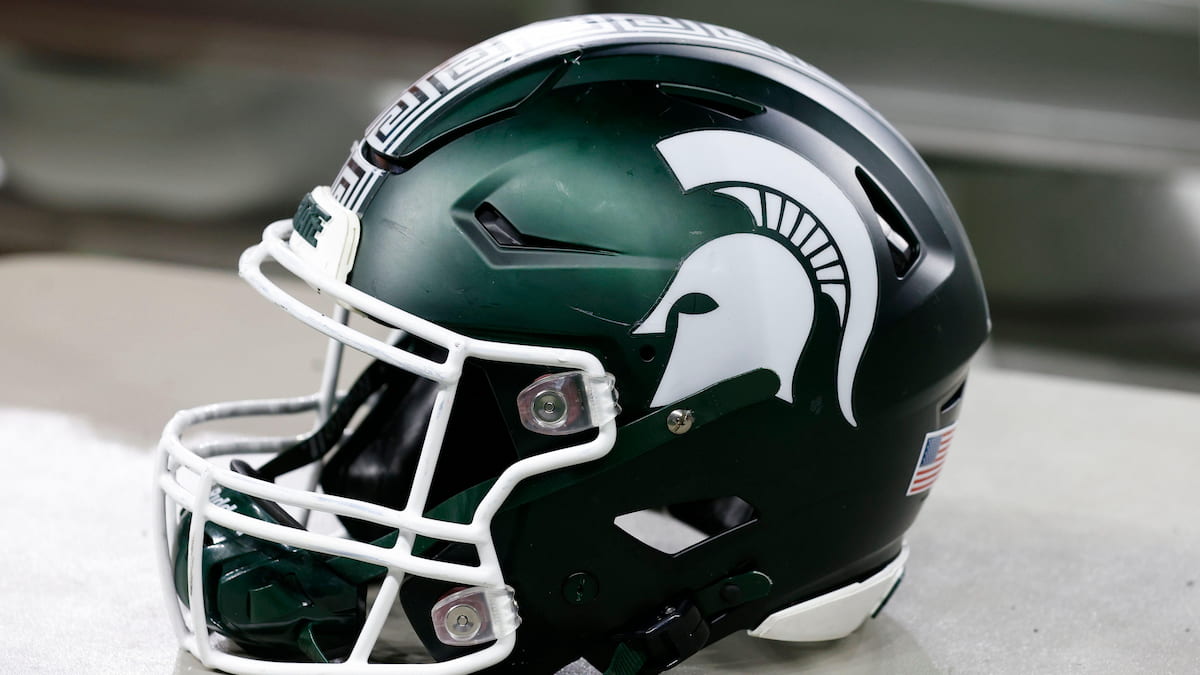Latest Sports Picks, News and Previews

Normally, college athletes don’t receive a salary for playing their sport, as it’s forbidden by the NCAA. However, the concept of NIL (name, image, likeness) has completely changed the game. In essence, name, image, and likeness make up the right of publicity in the advertising world, a relatively new concept to college sports as a whole with the rise of certain star players.
Overall, we can view NIL deals as a positive change for players and sports leagues as a whole, considering it gives players more control over their careers at a young age. The rule changes to allow these deals have also opened the door for college – and even high-school – athletes to hire professional sports agents to negotiate on their behalf.
Let’s explain how name, image and likeness deals have changed college sports and explain the latest college recruiting methods and athlete branding deals.
In 2019, the Fair Pay to Play Act was signed, allowing college athletes to earn some money while playing their sport. The most evident visible shift from this rule change is that it allowed high-school recruits and current college athletes to profit in their name, image and likeness, meaning that their ‘Potential’ career is based on their raw success rather than the success associated with the team and only the team.
It’s important to note that the NCAA fundamentally dislikes the NIL rule as it takes away potential revenue from the league, giving it to the individual player instead. Due to legal pressure in 2021, the NCAA was forced to implement the NIL rule policy to allow athletes to benefit from commercial deals using their brand.
With all of these factors, the college recruitment process was impacted as a whole. Now, schools with scholarship offers have to bear in mind that their scholarship money is now invested in more of a brand rather than being an investment back in the university itself. Teams could be more or less reluctant to acquire a new player based on their NIL stature. For example, if an individual player showcases that they are more concerned about their own NIL revenue rather than perfecting their talents to help their team, a university can pull back on acquiring that player without necessarily affecting that player’s brand.
The most apparent change with the name, image and likeness rule is that college players can now make money and are introduced to the world of athlete branding at a younger age. This means that any college athlete protected by this rule can make money on several things including having their character used in sports video games, signing and selling autographs, selling merchandise and acquiring different endorsement deals.
This allows young star student-players and other prospects to not only be introduced to a professional financial environment super early in their career, but it lets the individual athlete reap the rewards of their talents and hard work without a third party getting in the way.
Overall, most would agree (besides the NCAA) that the NIL rule’s been implemented for the better of all college sports, allowing young athletes to experience the benefits of being a professional before even joining a professional league and claiming their own deserved revenue. However, multiple aspects need to be improved, so it wouldn’t be too surprising if the NCAA tries to step in at some point and create regulation for a financial machine worth billions of dollars.

Liam has been a major sports fan and soccer player for over a decade, with a particular focus on major top-level soccer leagues, including the EPL, La Liga, Serie A, Bundesliga and MLS. He has written numerous promotional articles for various top sportsbooks and continues to publish historical and factual sports articles covering the NFL, MLS, NHL, MLB, EPL and more.